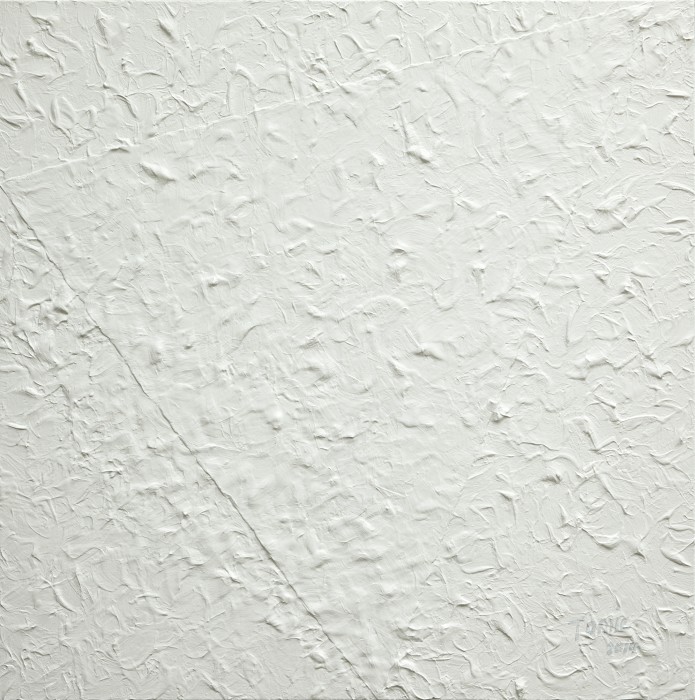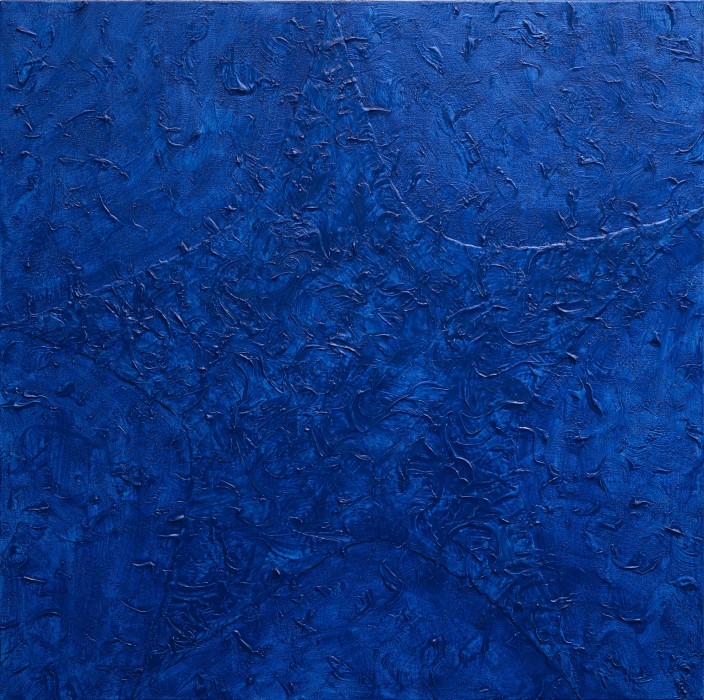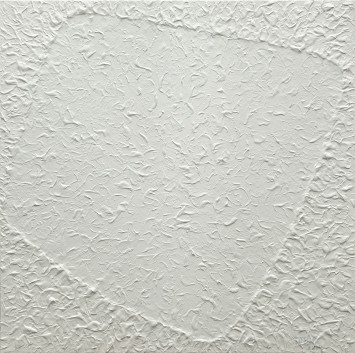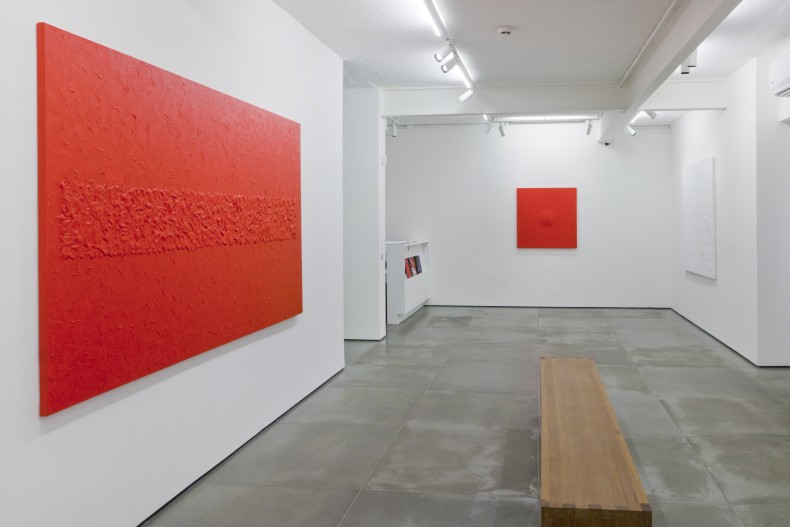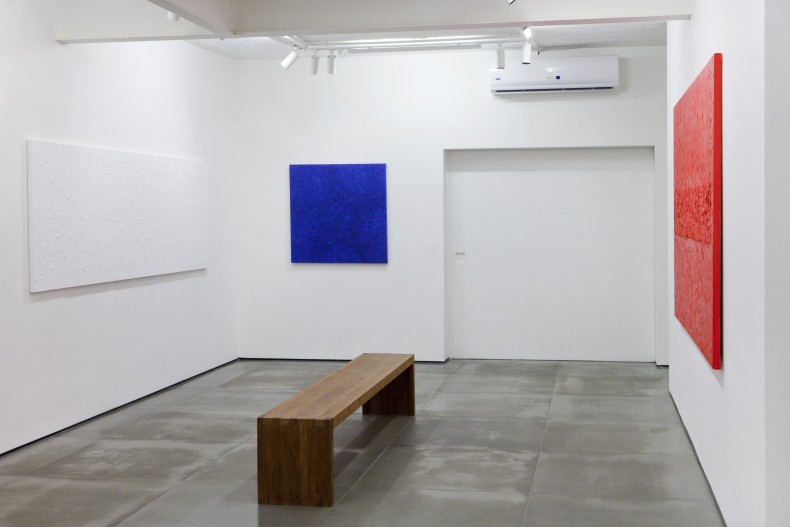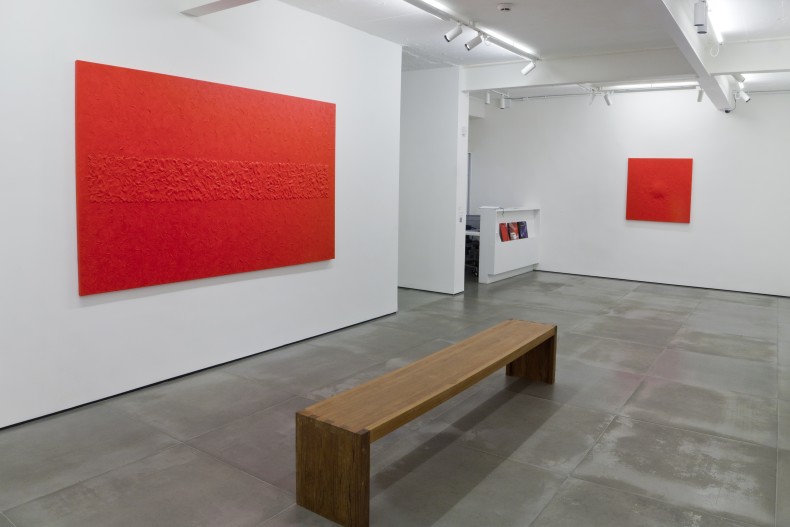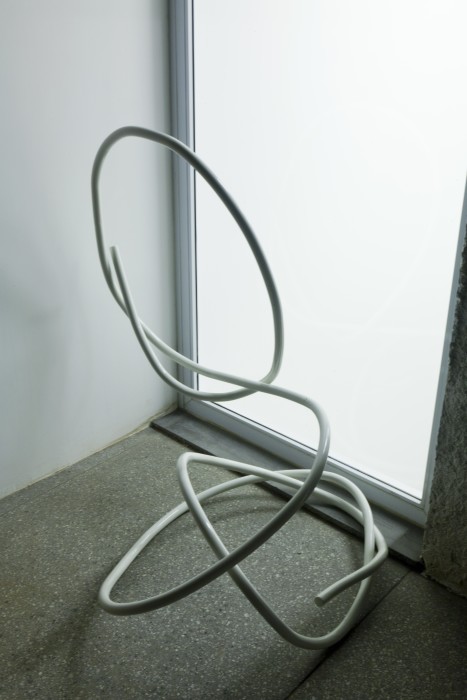One of the foremost artists in activity today, the centennial Japanese-Brazilian Tomie Ohtake will show her latest productions in her third exhibition at Galeria Nara Roesler in Rio de Janeiro. The venue in Ipanema will feature recent works in which she presents a novel way of exploring monochromatism.
Tomie Ohtake is the ultimate expression of informal, anti-constructivist abstraction whose minimalist-based silence and rhythm, even when employing geometry, eradicate the assertive perception of Brazilian tradition in this genre.
Either through seemingly chaotic brushstrokes that render background elements nearly enmeshed or through concise, near-invisible gestures in figures that stand out in their monochromatism or dichromatism, the artist manages to imprint subjectivity and subtlety to her works.
The research in Ohtake's oeuvre strives for the pictorial possibility of surprising the gaze. The materiality, which emerges in the density of the paint and the register of the visible brushstrokes, is neither deterministic nor dominating. It is, first and foremost, the expression of the gaze's relationship with the world.
According to Paulo Miyada's text for the exhibition, "we find, for instance, a square canvas, completely filled with textures made from a pigmented mass, in which we see a rounded, roughly square-like shape in a tilted position within the composition. We turn aside for a while and then look at the painting again to now see a long volume, more or less oval-shaped, running at an angle from the right to the left corner of the picture. Then a step back, another glance away, and we no longer recognize any prominent shapes (…)."
"Thus, while looking at the same picture, a viewer can become unsure of what he sees and oscillates between a polygon and a stain, just like one who's looking at Mona Lisa's mouth oscillates." Whereas the artist already explored the trompe l'oeil in her background-surface relationship, brushstrokes, and paint and color volumes, now her use of monochromatics enhances that effect, similar to what the series shown at the gallery's São Paulo headquarters last year hinted at.
Regarding the 2013 show, Agnaldo Farias wrote: "The persistent quest for purification, for stripping oneself of all things superfluous, reducing expression to the strictest form in order to obtain the loftiest possible register, is the principal lesson taught by Tomie Ohtake's lengthy career to Brazilian art (...)." Now, the artist takes on the subtle and potentially misleading issue of visual perception in a current way within her career. She manages to push the boundaries in economy of elements to achieve maximum visual effect, where nothing seems definitive and everything changes depending on viewing angles.
"We are the ones who are blind now, we who must feel our way around the painting using the tips of our eyes. Thus, the paintings take on a haptic sense, i.e. a tactile quality. This is not unheard of in the history of painting, but Tomie Ohtake is not novelty-oriented: this is a game she plays with the viewer, one that opens up new vistas in pictorial experimentation for a body of work that keeps being renewed for over six decades now, and this is what drives the artist to keep working," says Miyada. The centennial artist keeps producing and reinventing herself, fanning the flame of pictorial debate in Brazilian art.

